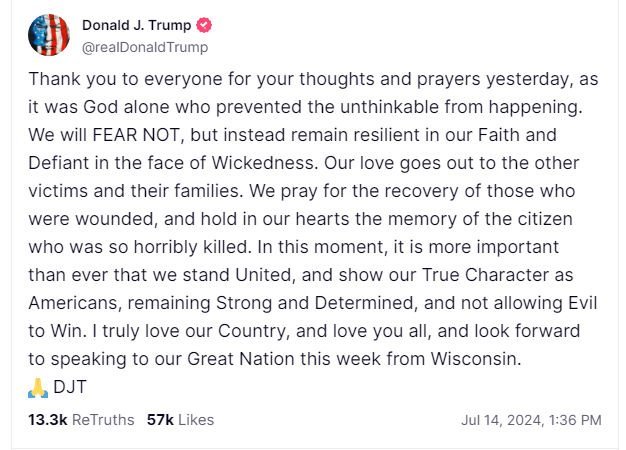The Elimination of Mohammad Deif
—— Intelligence
In a rare event on July 13, 2024, Mohammad Deif, the elusive and influential leader of Hamas’ military wing, emerged from tunnels in the Khan Yunis, his birthplace and stronghold, to meet with Rafa'a Salameh, the commander of the Khan Yunis brigade, in the vicinity of West Khan Yunis. According to Saudi sources, an intelligence coup within his inner security circle led to someone providing critical information about his movements to Israel. The ensuing operation, involving both signals intelligence (SIGINT) and such human intelligence (HUMINT), presented a rare opportunity for his elimination.
Speaking at the Palmachim Airbase, the IDF Chief of Staff, Lieutenant General Herzl Halevi, revealed today that the combined “advanced intelligence capabilities of the ISA and the Intelligence Directorate (J2) and the very high-quality planning and implementation capabilities of the Israeli Air Force” made the operation possible.
The operation was conducted with an extraordinary level of secrecy. To minimize the risk of a leak, the Israeli forces did not notify their U.S. counterparts about the operation. This rare level of operational security underlined the importance and high stakes associated with the mission to eliminate Deif.
Known for his elusiveness, Deif rarely emerged from his tunnels, making each appearance a rare and critical opportunity for Israeli intelligence. His complacency likely stemmed from ongoing hostage negotiations and the designation of West Khan Yunis as a safe zone. This sense of security led him to believe he could exploit a window to move freely in an area densely populated with 80,000 refugees, assuming the IDF would avoid targeting him there.
Israel had previously refrained from targeting Deif in the deep tunnels of Khan Yunis, wary he might survive such an attack. Salameh did not meet Deif in the tunnels to avoid compromising Deif’s hiding place. As the commander of Hamas’ military operations, Deif was issuing directives for continued activities in Khan Yunis, likely discussing another impending Hamas operation with Salameh.
Following the strike, Prime Minister Netanyahu shared in his press conference that, “At midnight, when the head of the Shin Bet presented to me the details of the operation, I wanted to know three things: that according to the intelligence there are no hostages in their vicinity, the extent of the collateral damage, and the type of weapons in the attack. When I received answers that reassured me, I approved the action.”
—— The Strikes
The initial strike precisely targeted the section of the building where Rafa'a Salameh and Mohammad Deif were located. A second bomb then demolished the entire structure. The IDF implemented a belt of fire around the strike sector to thwart any rescue efforts. A bunker-penetrating ordnance was deployed to ensure no escape via tunnels beneath the compound. This operation reportedly involved the largest amount of explosives ever used in an Israeli targeted elimination. The kill zone is estimated to have a 50-meter radius.
Videos from the scene depict individuals buried under three meters of dirt up to 40 meters away from the explosion. The primary cause of death was the explosive blast within a 100-meter diameter of the epicenter, while beyond that, some were buried alive by debris. Damage from debris extended as far as 100 meters from the strike epicenter.
“Mohammed Deif was afraid to die, so he hid in a way that even damaged his ability to command,” explained IDF Chief of Staff Lieutenant General Herzl Halevi in remarks delivered today. “He hid behind and sacrificed the people and civilians around him, using them as shields, though very few were harmed,” added the Chief of Staff.
There are rumors that Deif’s body is being held in a hospital in Khan Yunis. However, as Chief of Staff Halevi noted, “It is still too early to conclude the results of the strike, which Hamas is trying to conceal.”
The Chief of Staff emphasized that “according to the intelligence available to us at the time of the strike, there were no hostages in the compound. According to the information that emerged after the strike, no hostages were harmed.”
—— Implications
Mohammad Sinwar, the younger brother of Yahya Sinwar, the commander of the southern Gaza Strip, is expected to succeed Deif as the head of Hamas’ military wing. This event signifies a major blow to Hamas, with only the Sinwar brothers, the Rafah Brigade, and the Gaza Brigade remaining operational.
The death of Mohammad Deif impacts not only the operational capabilities of Hamas but also strikes at the heart of its symbolic and ideological strength. His ability to evade Israeli forces for decades added to his legendary status among Hamas’ ranks, and his elimination leaves a void that affects both the group’s morale and its operational coherence.
Beyond the immediate conflict, Deif was an iconic figure of the Palestinian cause internationally, with his name and image synonymous with the fight against Israeli occupation. His death is a global event with significant implications for the Palestinian narrative.
—— IDF Briefing
Chief of Staff Halevi asserted this evening, “We are determined to continue to pursue senior Hamas officials, those who planned and carried out the October 7 massacre, and dedicated their lives to the murder of innocents.”
“These eliminations are one part of the continuous and changing military pressure that the IDF is applying in all parts of the Gaza Strip,” added Halevi, stressing that these operations are “all supported by high-quality and up-to-date intelligence.”
“This is critical for the systematic dismantling of the Hamas terrorist organization; it is also very important for the creation of the conditions for an agreement to return the hostages,” said Halevi.
“We found him; we will also find those next in line,” vowed Halevi this evening.
—— Documentation of the Strike
Video footage of the strikes showed voluminous sand plumes flung tens of meters into the air from the elimination site.









